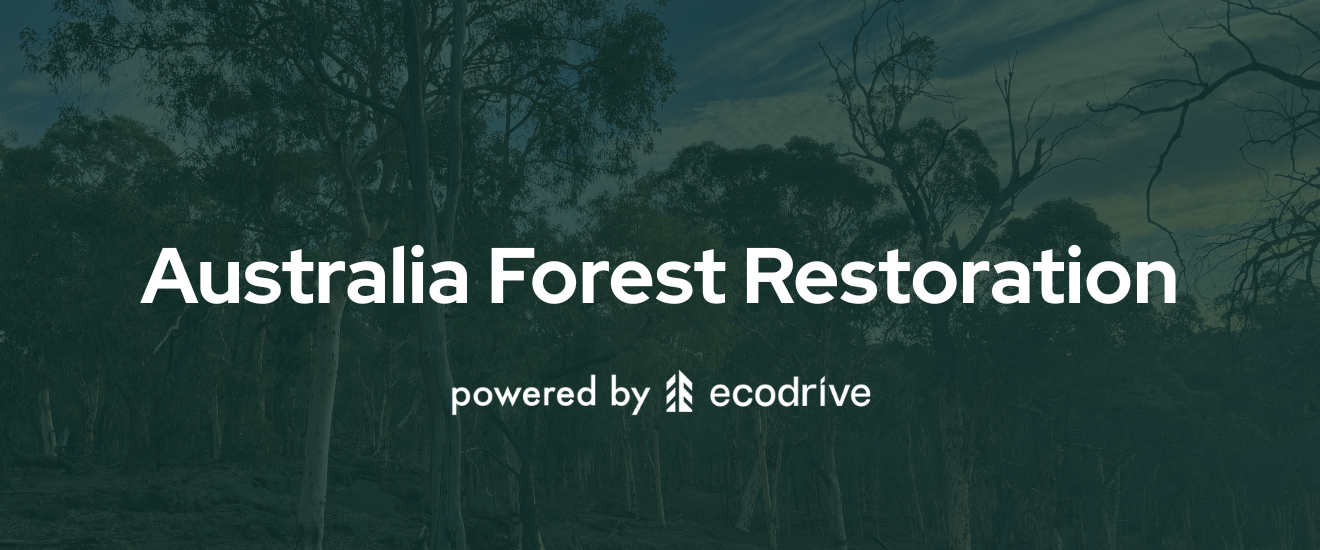Myths About Reforestation
we debunk some common myths about reforestation, helping you to understand its true impact and importance.
Reforestation is a critical component of global efforts to combat climate change and restore ecosystems. However, there are many misconceptions surrounding the practice.
Below, we will debunk some common myths about reforestation, helping you to understand its true impact and importance.
Myth: Reforestation Hardly Reduces Carbon Emissions
Fact: While trees alone cannot solve the climate crisis, they play a crucial role in carbon sequestration. Forests absorb large amounts of CO2, helping to mitigate the effects of climate change.
Myth: Any Tree Planting is Good Tree Planting
Fact: Not all tree-planting efforts are created equal. Planting non-native species or monocultures can harm local ecosystems rather than help them. Effective reforestation requires careful planning and consideration of local biodiversity.
Myth: Reforestation is a Quick Fix
Fact: Reforestation is a long-term solution that requires patience. Trees take years, if not decades, to grow and fully mature. The benefits of reforestation, such as carbon sequestration and habitat restoration, accumulate over time.
Myth: Reforestation Alone Can Stop Climate Change
Fact: While reforestation is a powerful tool in the fight against climate change, it is not a silver bullet. It must be combined with other strategies, such as reducing emissions, protecting existing forests, and transitioning to renewable energy.
Myth: Reforestation is Too Expensive
Fact: While there are costs associated with reforestation, the long-term economic benefits often outweigh the initial investment. These benefits include ecosystem services such as water purification, flood control, and the creation of jobs.
Countries such as Costa Rica who have invested in long-term reforestation projects are seeing big economic returns in the form of increased tourism.
Myth: Reforestation is the Same as Afforestation
Fact: While both involve tree planting, reforestation refers to planting trees on land that was previously forested, whereas afforestation involves planting trees on land that was not previously forested.
Reforestation focuses on restoring natural ecosystems, while afforestation can sometimes lead to the creation of new forests in areas where forests did not naturally exist.
Myth: Reforestation Harms Local Agriculture
Fact: Properly planned reforestation can complement agricultural activities rather than harm them. Agroforestry, for example, integrates trees into agricultural landscapes, improving soil fertility, water retention, and crop yields, while also providing additional income sources through products like fruits, nuts, and timber.
Myth: Planting Trees in Any Region is Beneficial
Fact: Planting trees in ecosystems that naturally do not support forests, such as grasslands or savannas, can disrupt the native ecology and harm local wildlife. Reforestation efforts should focus on areas that were historically forested and take into account the local climate, soil, and biodiversity.
Myth: Young Trees Absorb More Carbon Than Mature Trees
Fact: While young trees do grow quickly and absorb carbon dioxide rapidly, mature forests are often more effective at storing carbon long-term. Mature trees have larger biomass, which allows them to store more carbon over time. Additionally, old-growth forests play critical roles in maintaining biodiversity and ecosystem stability.
For this reason, existing forests should be protected, and reforestation not seen as an equal fix for forest clearing.
Myth: Reforestation Always Requires Human Intervention
Fact: In some cases, natural regeneration, where forests recover on their own without human intervention, can be more effective and sustainable. Allowing nature to take its course can lead to the reestablishment of a diverse and resilient ecosystem, especially in areas where the soil and seed banks are still intact.
Myth: Reforestation Can Replace Lost Primary Forests
Fact: While reforestation is valuable, it cannot fully replace the complex ecosystems found in original forests. Primary forests have developed over centuries, supporting intricate webs of biodiversity and offering ecosystem services that newly planted forests cannot immediately replicate.
Protection is still vital.
Myth: Reforestation Is Only Needed in Tropical Regions
Fact: While tropical deforestation is a major concern, reforestation is also needed in temperate and boreal regions. Forests in these areas play significant roles in global carbon cycles, biodiversity, and local climate regulation. Reforestation efforts should be global, addressing deforestation wherever it occurs.
A Certain Fact: Reforestation is Vital to the Health of our Planet
Reforestation is a complex and multifaceted process, often misunderstood due to various myths and misconceptions. By understanding the facts, we can better appreciate the importance of reforestation and support efforts that are scientifically sound and ecologically beneficial.
At Ecodrive, we partner with highly skilled professionals like Veritree who work tirelessly on the ground to ensure that their reforestation projects are beneficial to the environment, local communities, and ecosystems.
Advanced technology allows users to track the growth of trees and forests in real time.
Learn more about tree planting projects that you can support globally here.












